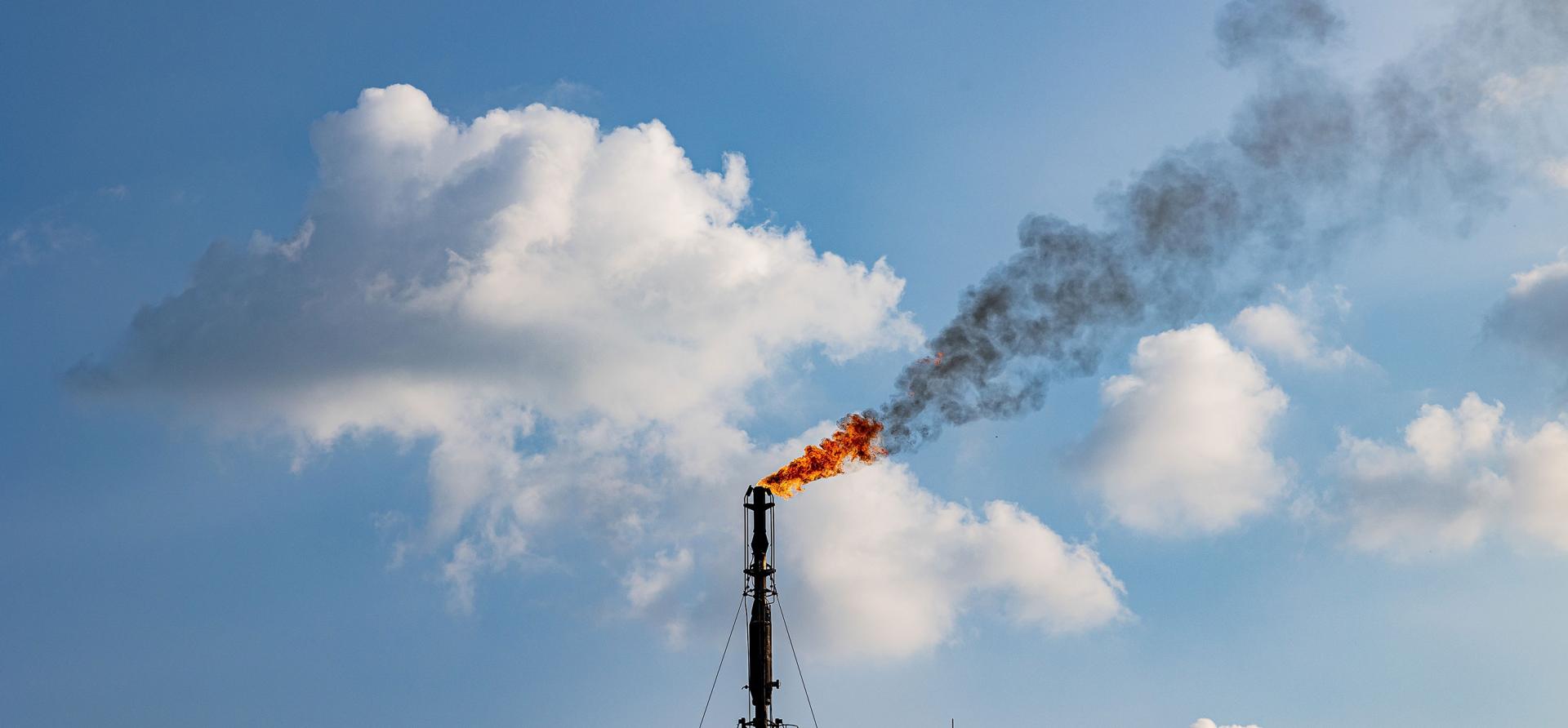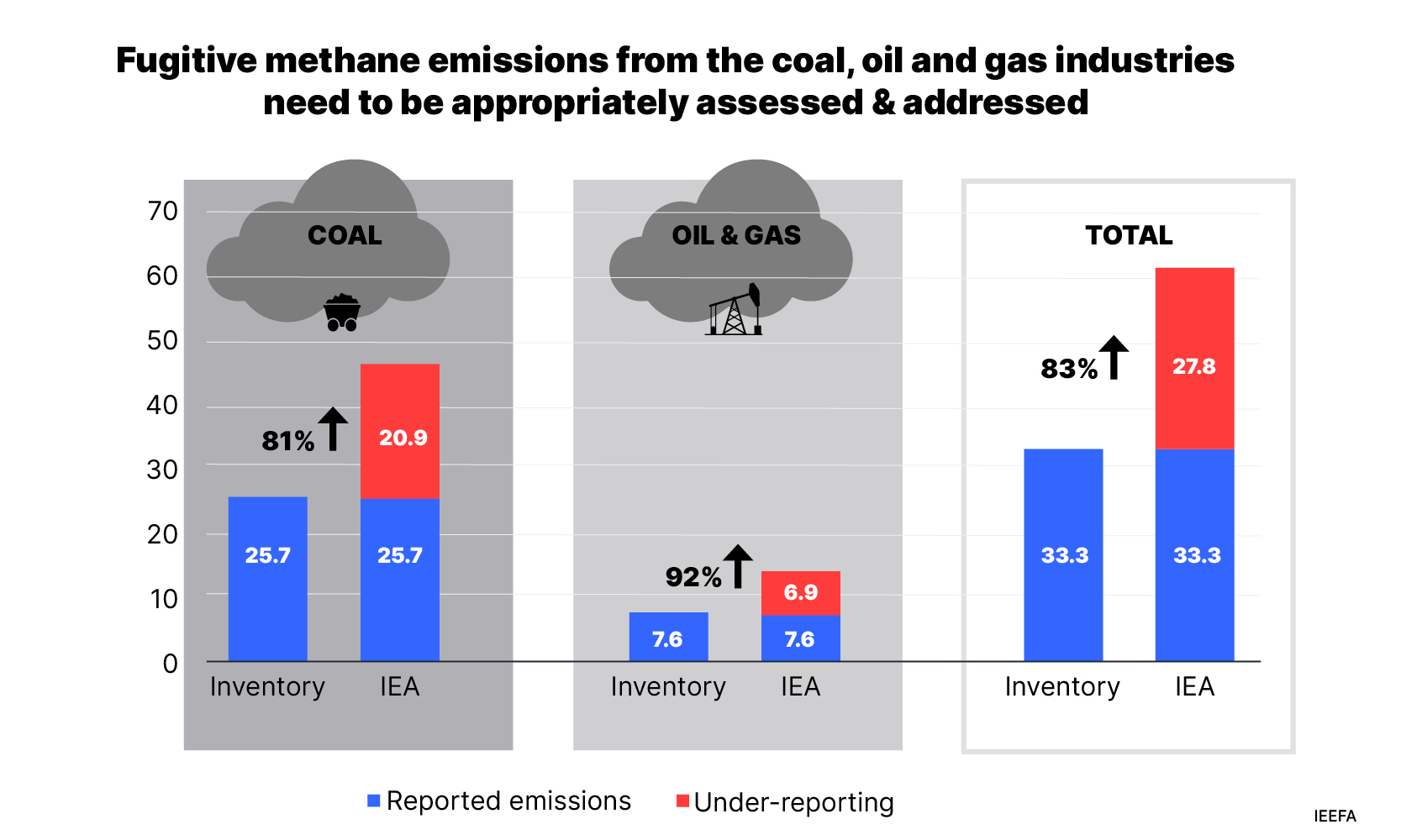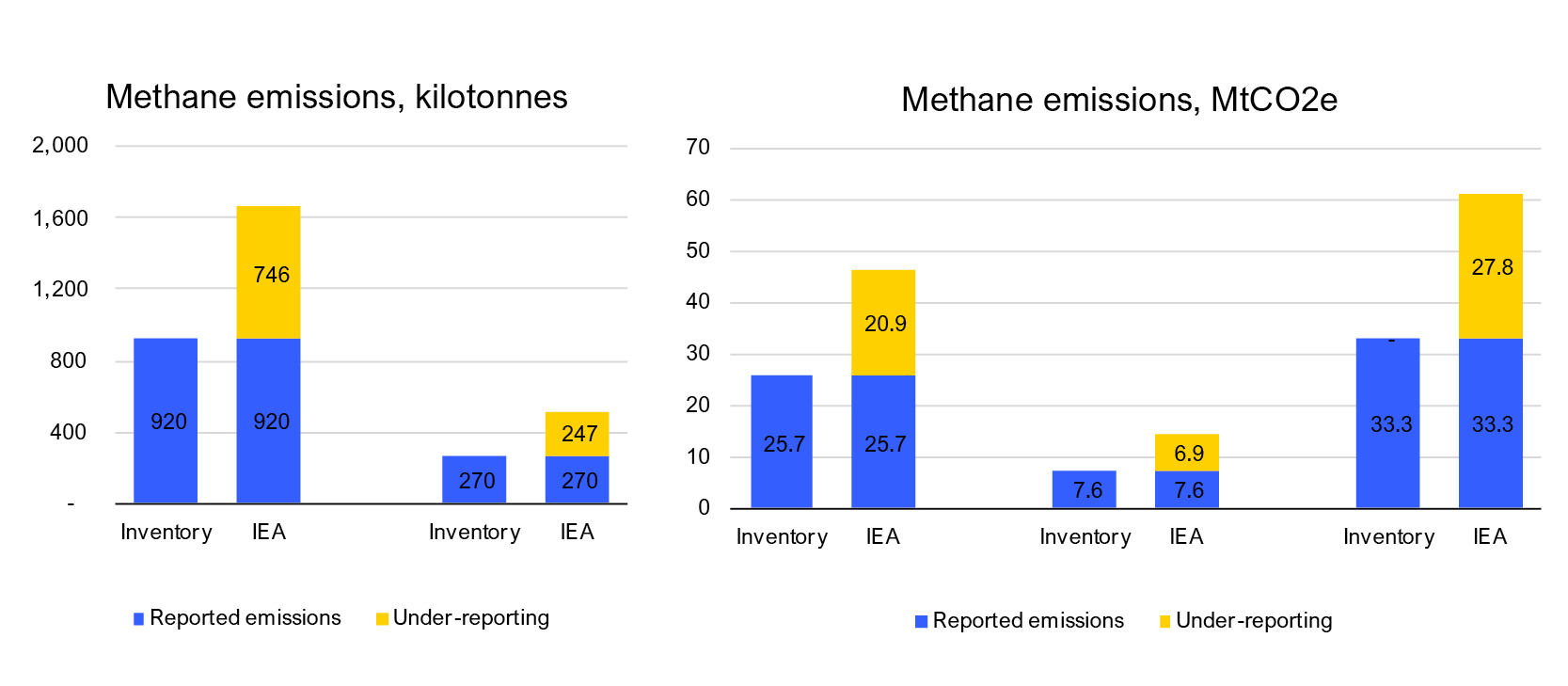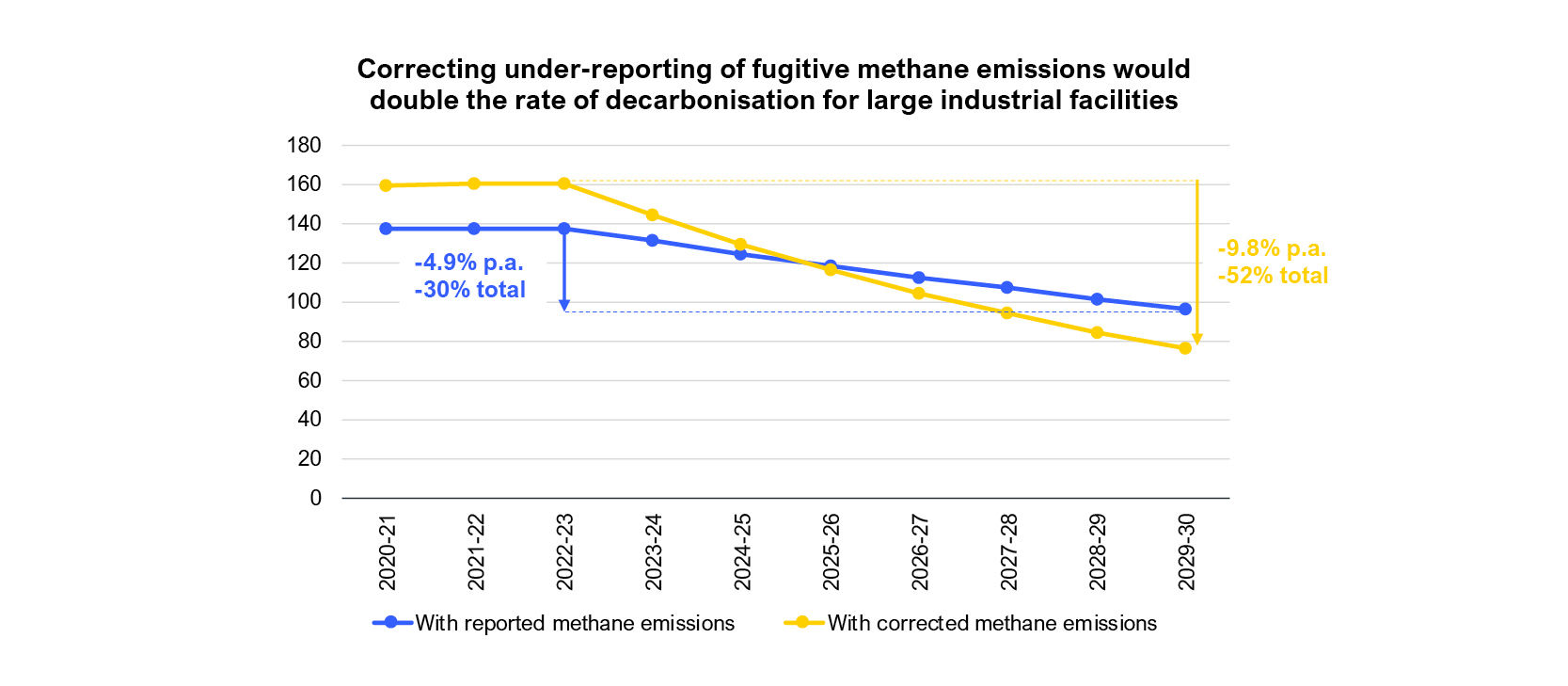Gross under-reporting of fugitive methane emissions has big implications for industry
Download PDF
View Press Release

Key Findings
Fugitive methane emissions from coal mining and oil and gas supply have likely been grossly underestimated to date – by about 80% for coal and 90% for oil and gas
Correcting this under-reporting means large industrial facilities would have to double their rate of decarbonisation and halve their emissions by 2030
We need urgent action to improve methane emissions monitoring and reduction, to ensure Australia’s industry and households do not pay for the gross under-reporting of emissions
by the coal, oil and gas industries.
Our analysis indicates that fugitive methane emissions from coal mining and oil and gas supply have likely been grossly underestimated to date – by about 80% for coal and 90% for oil and gas. Correcting this under-reporting would have big implications for industrial facilities covered by the Safeguard Mechanism. In order to stay within the newly introduced emissions caps, facilities would have to double their rate of decarbonisation and halve their emissions between 2023 and 2030. This highlights the need for urgent action to improve methane emissions monitoring in Australia and to develop a plan to address domestic methane emissions.

Methane represents about 18% of global emissions and is estimated to have contributed to around 30% of the rise in global temperatures since the Industrial Revolution. While it represents a much smaller proportion of emissions in mass, it has had a disproportionate impact on climate change. Methane has a short lifespan – around 12 years – but it absorbs much more energy than CO2 while it exists in the atmosphere. Over a 100-year period, methane warms as much as 30 times more than CO2. However, over a 20-year period, methane warms as much as 82 times more than CO2.
The International Energy Agency (IEA) recently published estimates of actual methane emissions by country for 2022. These estimates are based on “all publicly reported, credible sources where data has become available”, which includes emissions detected by satellites. We compared those estimates to the latest official national emissions inventory figures.
Given that official figures are not available for 2022, we compared the IEA estimates to inventory data for 2020-21, which seems to be a good approximation for 2022 levels. Indeed, the national greenhouse gas inventory quarterly updates show that total fugitive emission (including methane and other gases) from coal, oil and gas in 2022 were exactly the same as in 2020-21, at 48.8 million tonnes of CO2 equivalent (MtCO2e), and that total methane emissions were very similar in both periods at 120.7 MtCO2e in 2022 compared with 122.1 MtCO2e in 2020-21. This suggests that fugitive methane emissions from coal, oil and gas in 2022 are likely to be similar to, or maybe a bit lower than emissions in 2020-21.
The IEA estimates methane emissions from coal mining in Australia are about 81% higher than the national inventory data. For the oil and gas sector, IEA’s estimates are 92% higher than the national inventory data (Figure 1).
The discrepancy corresponds to about 28 MtCO2e of under-reported emissions in Australia’s national inventory. This is more than 6% of today’s emissions.
Figure 1: Comparison of Fugitive Methane Emissions Estimates by IEA (2022) with National Inventory Emissions Data (2020-21)

Sources: IEA (2022) and DCCEEW national greenhouse gas inventory emissions data (2020-21)
It is critical to correct these underestimates as soon as possible, in particular in the context
of the declining cap set on Australia’s largest industrial emitters as part of the Safeguard Mechanism.
The under-reporting will have a very material impact on the Safeguard Mechanism baseline declines. Based on reported emissions by industrial facilities, IEEFA calculated that the Safeguard Mechanism covers about 86% of emissions in the coal mining and oil and gas (extraction and supply) sectors. If we correspondingly assume that 86% of the under-reported emissions are covered by the Safeguard Mechanism, this means the 2020-21 baseline should be increased by about 24 MtCO2e.
Figure 2: Safeguard Mechanism Baseline Decline, MtCO2e

Note: We assume that emissions from covered facilities in 2022-23 are 1.5% lower than for 2021-22, in line with recent emissions trends.
Sources: IEEFA calculations based on: Clean Energy Regulator (CER), DCCEEW.
With this increased starting point, the baseline decline rate would need to be doubled from 4.9% to 9.8% a year for covered facilities to achieve the cumulative emissions ceiling of 1,233 MtCO2e set by the Safeguard Mechanism reforms (Figure 2). This would require covered facilities to more than halve their emissions over a period of seven years. The only alternative would be to adjust the Safeguard Mechanism cap and increase emission reductions required by other sectors of the economy.
With such strong implications, it is critical that methane emissions under-reporting is corrected as soon as possible to provide clarity on how its impact will be managed. New technologies such as satellite measurements can help improve methane emissions assessments today, especially for onshore facilities such as coal mines, which represent the majority of the under-reporting.
Australia joined the Global Methane Pledge, which aims to reduce global methane emissions by at least 30% below 2020 levels by 2030, but did not specify a domestic methane reduction target or a plan for how it will address them. Our analysis also highlights the importance of developing such a plan to ensure Australia’s industry and households do not bear the brunt of the cost to compensate for the gross under-reporting of emissions by the coal, oil and gas industries.
For example, the United States gave new authorities to the EPA to reduce methane emissions coming from the oil and gas sector. The new Methane Emissions Reduction Program includes some financial and technical assistance as well as a waste emissions charge for methane from facilities that report more than 25,000 tCO2e per year. “Waste emissions charge starts at $900 per metric ton for emissions reported in 2024, increasing to $1,200 for 2025 emissions, and $1,500 for emissions years 2026-on.” This is equivalent to A$45/tCO2e in 2024, A$60/tCO2e in 2025, and A$76/tCO2e in 2026 onwards.















